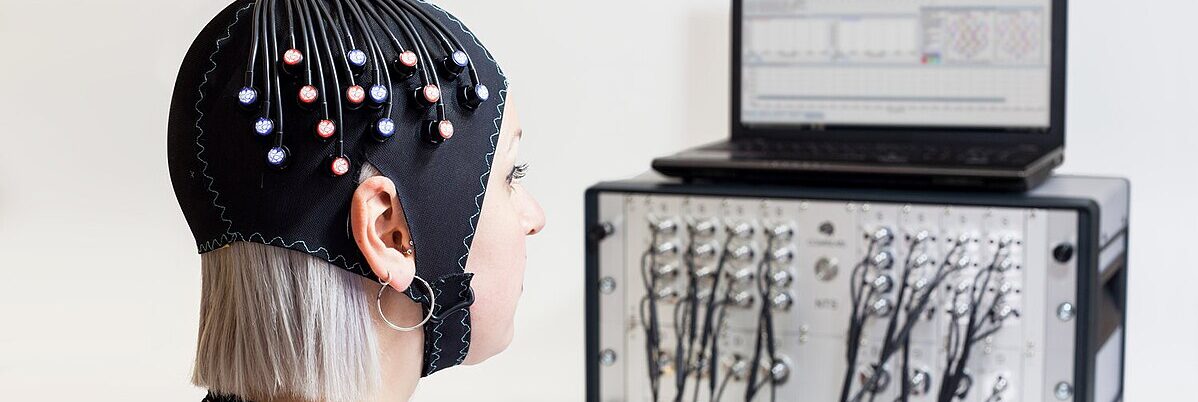
York University students had a rare opportunity to work with cutting-edge brain imaging technology used in both research and clinical settings thanks to a $150,000 collaboration with NIRx Medical Technologies.
The week-long learning opportunity in the fourth-year course Biophysical Techniques (BPHS 4090; Biomedical Physics Program) provided students with access to the NIRSport 2, a high-tech portable brain imaging device that uses light to measure blood oxygenation, pooling and brain activity.
This non-invasive method – functional near-infrared spectroscopy (fNIRS) – works by shining light through the scalp into the brain to detect changes in blood oxygenation levels. This technology allows researchers to observe brain activity during different cognitive tasks and medical examinations.
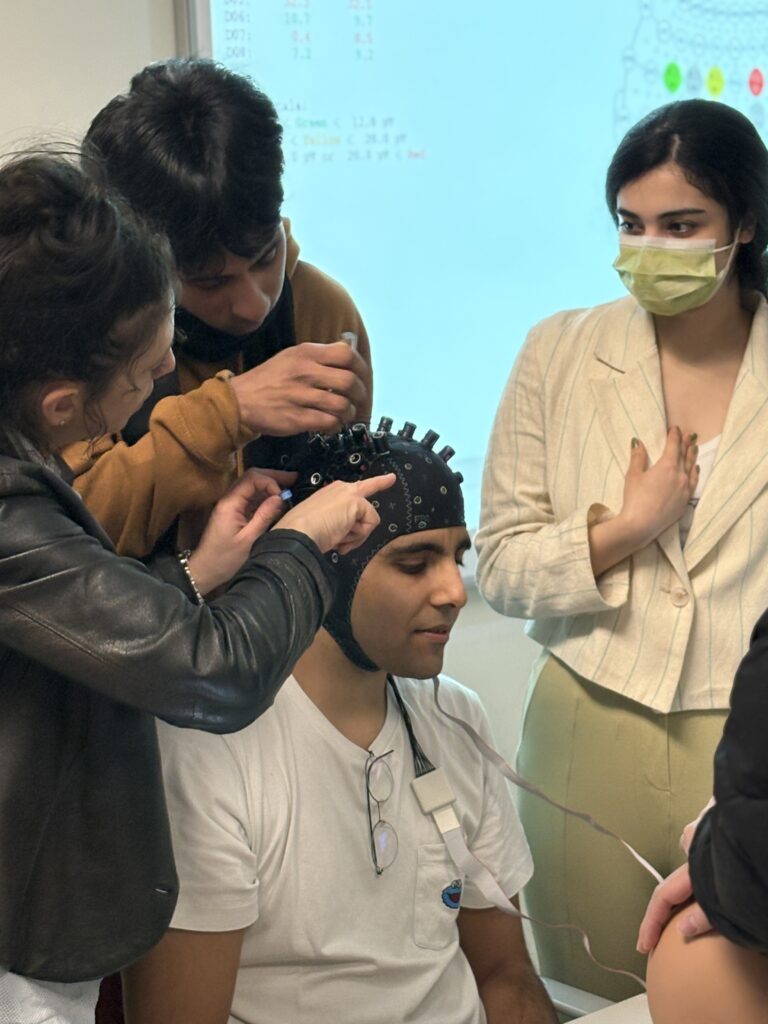
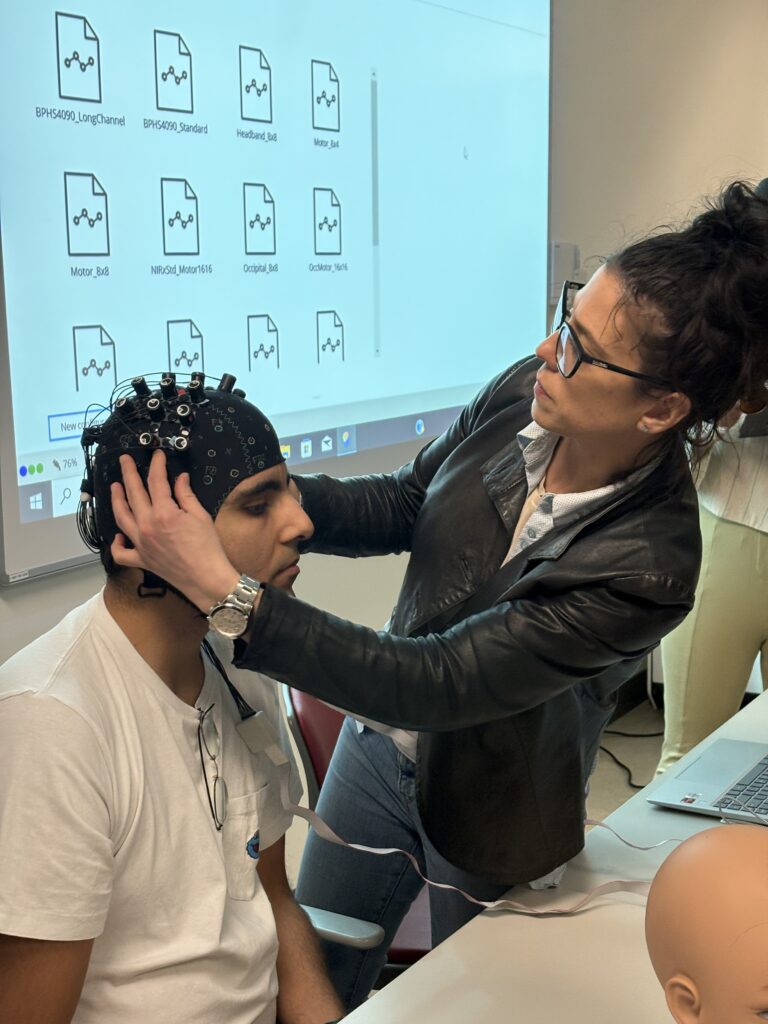
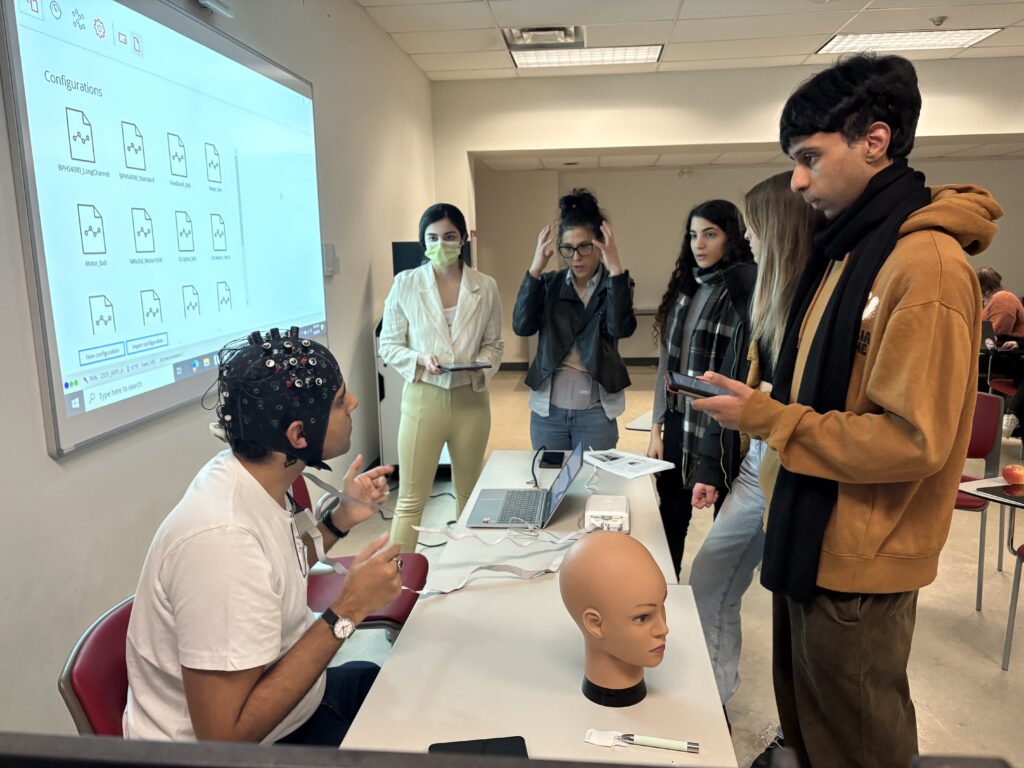
Commonly used in research and medical settings, including studies on brain function in unresponsive ICU patients, the NIRSport 2 offers a compact, cost-effective and user-friendly alternative to traditional expensive and often inaccessible imaging tools, such as MRI.
This initiative enabled students in the Department of Physics and Astronomy to learn real-world knowledge and skills in biophotonics – an emerging field that uses light to study biological systems and develop medical applications.
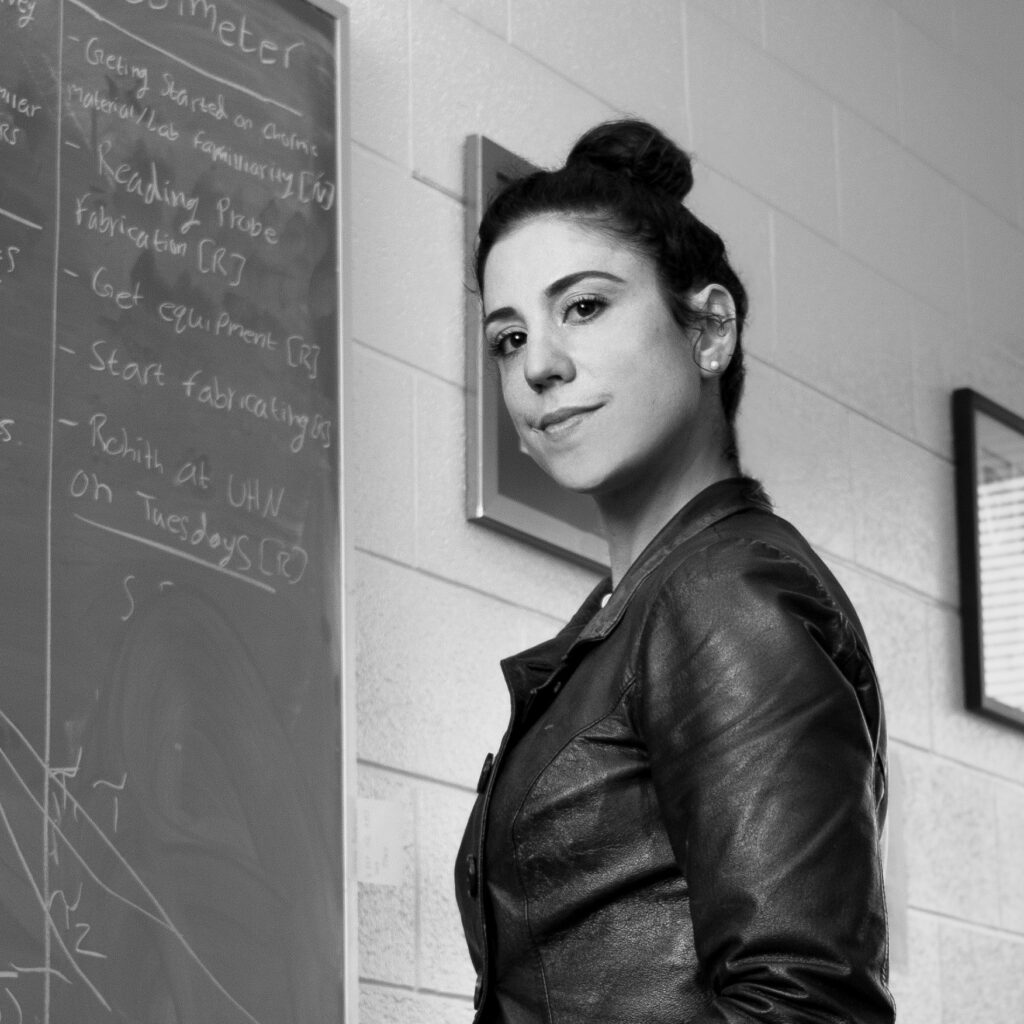
“In the field of biophotonics, we can acquire vast amounts of information about biological function and disease pathology by exposing non-ionizing, non-invasive light through a biological sample and observing how its properties change. From this new knowledge and these discoveries, we can develop useful techniques to advance neuroscience and medicine,” explains Biomedical Physics Professor Ozzy Mermut of York’s Faculty of Science.
Throughout the week, students collected and analyzed their own brain activity data, applying principles from physics, biology and chemistry to understand how light interacts with the vascular system in the body. Experiments using the NIRSport 2 had students measuring cortical signals corresponding to the flow of oxygenated and deoxygenated blood as they performed different tasks and clinical exercises.
Students will analyze their research data by applying core principles of light-matter interaction, examining how hemoglobin – the protein that carries oxygen in blood – absorbs light differently depending on its oxygen levels, says Mermut, who holds the York Research Chair in Vision Biophotonics.
In addition to this experiential learning opportunity, students will hear from an expert in this field from NIRx Medical Technologies in the classroom.
“This partnership will uniquely provide students with opportunities to bridge the gap between classroom learning and clinical research,” says Mermut. “York University is preparing students for the cutting-edge of medical science and useful methods for York U’s School of Medicine.”
